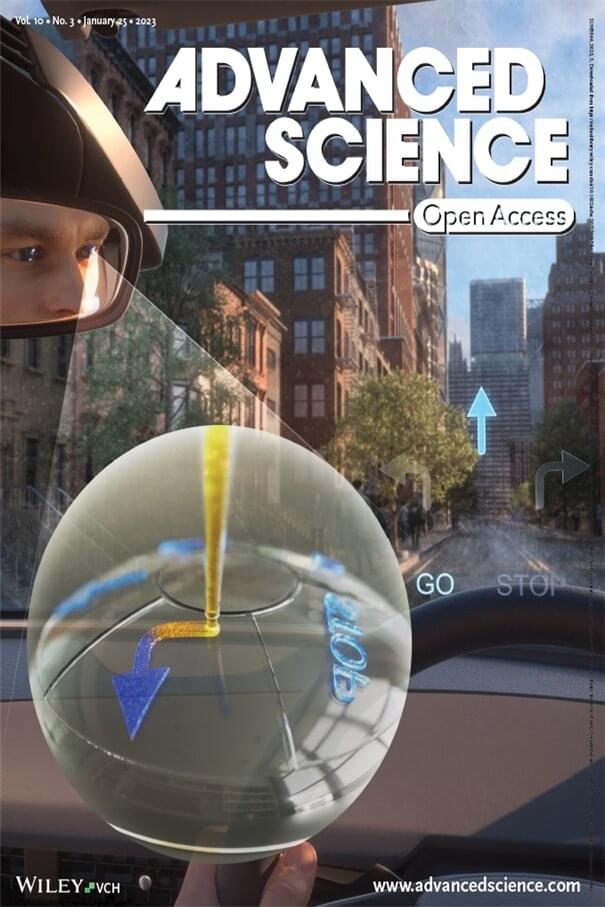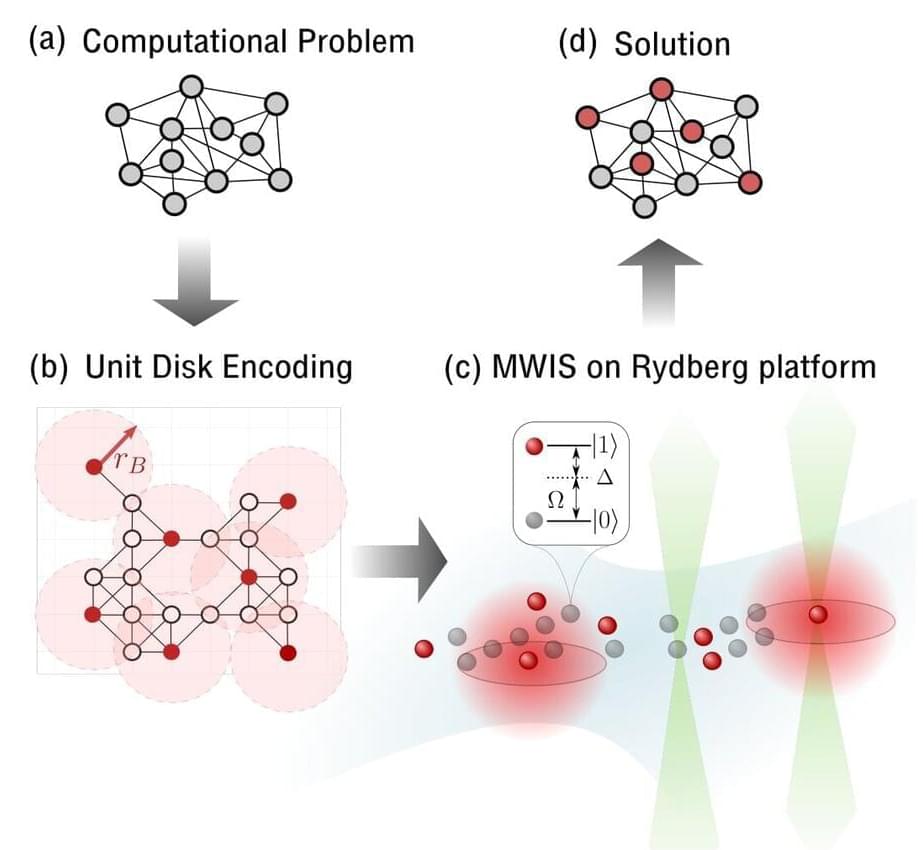Feb 14, 2023
3D-printed smart contact lens with navigation function
Posted by Jose Ruben Rodriguez Fuentes in categories: 3D printing, augmented reality, biotech/medical, health
Dr. Seol Seung-Kwon’s Smart 3D Printing Research Team at KERI and Professor Lim-Doo Jeong’s team at Ulsan National Institute of Science and Technology (UNIST) developed core technology for smart contact lenses that can implement augmented reality (AR)-based navigation, with a 3D printing process.
A smart contact lens is a product attached to the human eye like a normal lens that provides various information. Research on these lenses is currently focused mainly on diagnosing and treating health problems. Recently, Google and others are developing smart contact lenses for displays that can implement AR. Yet many obstacles to commercialization exist due to several technical challenges.
In implementing AR with smart contact lenses, electrochromic displays that can be driven with low power are necessary, and a “pure Prussian blue” color, with cost competitiveness and quick contrast and transition between colors, is attracting attention as the lens’ material. In the past, the color was coated on the substrate in the form of a film using the electric plating method, which limited the production of advanced displays that can express various information (letters, numbers, images).


















